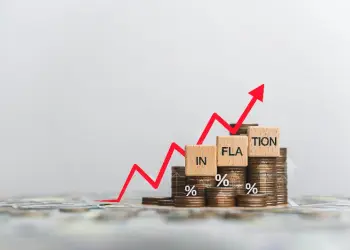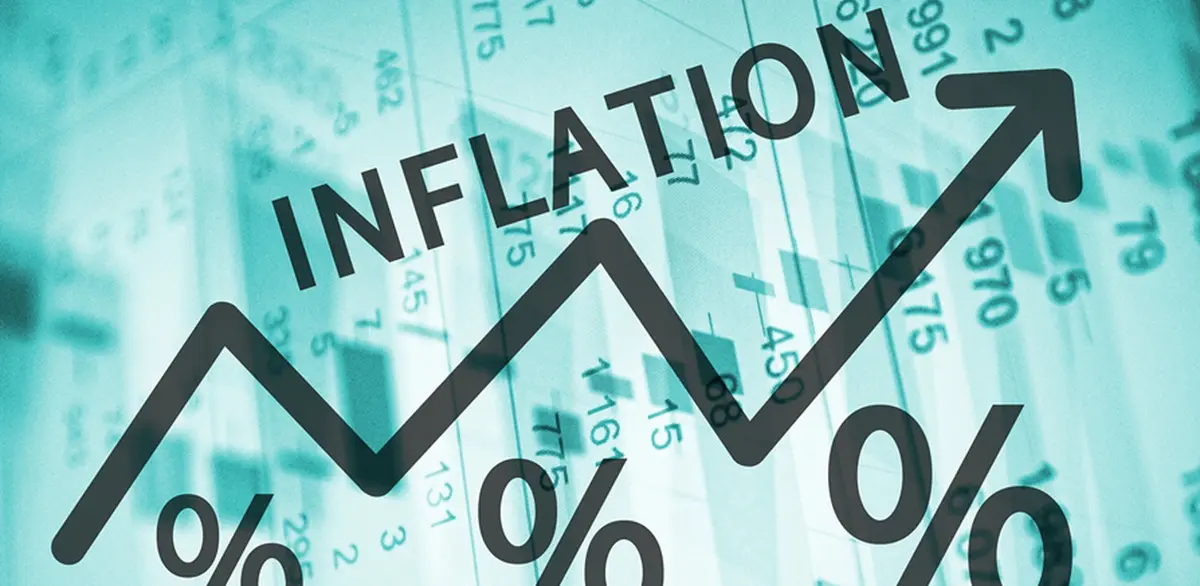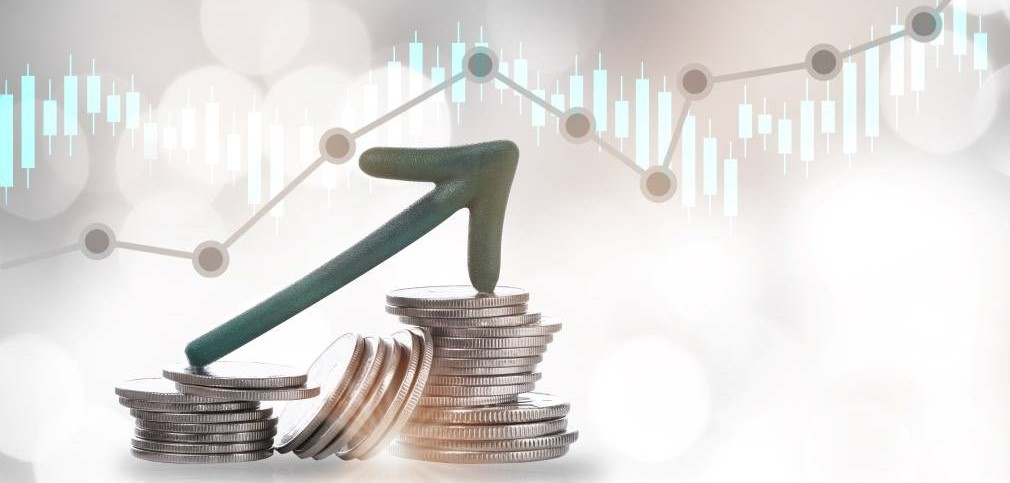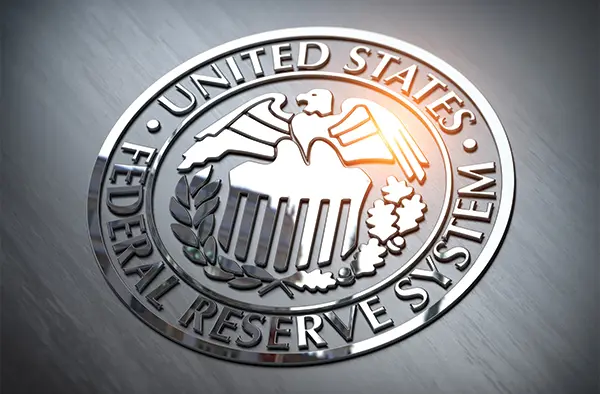Inflation is reshaping financial strategies. In 2025, how can you protect your wealth while making smart investment choices? This article provides insights

February 28, 2025
As we enter 2025, the global economy is still grappling with the effects of inflation. While inflation rates may have moderated in some regions, the long-term implications of rising prices continue to impact consumers and investors alike. In this article, we will explore the current state of inflation and how it influences investment decisions, offering practical advice on how to protect your wealth and make smart investment choices in 2025.
Understanding Inflation inInflation is the rate at which the general level of prices for goods and services rises, eroding purchasing power. In the past few years, inflation has surged to levels not seen in decades, affecting everything from groceries to housing and healthcare. The reasons for this inflationary period are varied but include factors such as supply chain disruptions, increased demand post-pandemic, rising commodity prices, and monetary policies adopted by central banks to counteract the economic slowdown.
Despite efforts by central banks to bring inflation under control, inflationary pressures are expected to persist in 2025. While inflation rates may stabilize, they are unlikely to return to pre-pandemic levels. This presents both challenges and opportunities for investors. For many, the key question is how to protect their savings and grow their wealth in an environment of rising prices.
How Inflation Affects InvestmentsInflation affects investments in a variety of ways, and understanding these effects is crucial for making informed decisions. Let’s break down how inflation impacts different types of investments:
1. Stocks and EquitiesStocks are often seen as a hedge against inflation, but the relationship is complex. On one hand, companies can raise prices on goods and services to maintain profitability, which can help stock prices rise. On the other hand, inflation can lead to higher operational costs (such as wages and raw materials), which can erode profit margins.
Inflation can also lead to rising interest rates, which negatively impact stock prices, particularly for growth stocks that are valued based on future earnings. As borrowing costs increase, consumer spending and business investment can slow, leading to lower stock market returns.
In 2025, investors should focus on companies that have strong pricing power, low debt, and the ability to pass on costs to consumers. Sectors such as technology, energy, and healthcare may offer attractive opportunities in an inflationary environment.
2. Bonds and Fixed-Income InvestmentsBonds are highly sensitive to inflation. When inflation rises, the purchasing power of the interest payments and principal repayment on bonds declines. Furthermore, central banks often raise interest rates to combat inflation, which can lead to falling bond prices.
In 2025, investors in bonds should consider shorter-duration bonds, as they are less sensitive to interest rate changes. Inflation-protected securities, such as Treasury Inflation-Protected Securities (TIPS), are another option for investors looking to shield their portfolios from inflation.
3. Real EstateReal estate is often considered a solid investment during periods of inflation because property values tend to rise with inflation. In addition, real estate can provide a hedge against inflation through rental income, which can increase as landlords raise rents in response to rising prices.
However, the real estate market in may experience some challenges. Higher interest rates can make it more expensive to finance home purchases, leading to a slowdown in the housing market. On the other hand, demand for rental properties may increase, providing opportunities for investors in the rental market.
4. CommoditiesCommodities such as gold, oil, and agricultural products are often seen as a direct hedge against inflation. When inflation rises, the prices of commodities tend to increase as well. Gold, in particular, has long been viewed as a safe haven asset during periods of high inflation.
In 2025, investors may want to consider diversifying into commodities, particularly precious metals like gold and silver, as well as energy and agricultural commodities. These assets tend to perform well when inflation is rising and provide a good hedge against the erosion of purchasing power.
5. CryptocurrenciesCryptocurrencies like Bitcoin have gained popularity as a hedge against inflation, particularly among younger investors. The idea behind cryptocurrencies as an inflation hedge is that they are decentralized and not directly influenced by government monetary policies, unlike fiat currencies.
However, the relationship between inflation and cryptocurrencies is still debated. While some believe that Bitcoin and other digital currencies will thrive in an inflationary environment, others point to the volatility of cryptocurrencies as a potential risk. In 2025, investors should carefully weigh the risks and rewards of adding cryptocurrencies to their portfolios.
Investment Strategies to Navigate Inflation inSo, what should you do with your money in to protect it from inflation while still achieving your financial goals? Here are some strategies to consider:
1. Diversify Your PortfolioThe key to navigating inflation in is diversification. By holding a mix of assets, you can reduce the risk that inflation will negatively impact your overall portfolio. Consider allocating investments across stocks, bonds, real estate, commodities, and even cryptocurrencies. This way, if one asset class underperforms, others may perform well and offset losses.
2. Focus on Inflation-Protected AssetsInflation-protected assets are designed to keep pace with inflation and provide a reliable income stream. TIPS and other inflation-linked bonds are good choices for conservative investors seeking stability in a rising price environment. Real estate investment trusts (REITs) and dividend-paying stocks in sectors like utilities and consumer staples can also provide inflation protection.
3. Invest in Companies with Strong Pricing PowerIn an inflationary environment, companies with the ability to raise prices without losing customers are more likely to thrive. These companies tend to have strong market positions, brand loyalty, and products or services that are in high demand. Look for businesses in sectors like healthcare, technology, and energy that can maintain or increase their profitability during inflationary periods.
4. Consider Short-Term InvestmentsAs interest rates rise in response to inflation, long-term bonds and other fixed-income investments may lose value. If you are concerned about rising inflation, consider shifting into short-term investments. Short-duration bonds and money market funds can provide safety and liquidity while minimizing the risk of interest rate hikes.
5. Monitor Interest RatesInterest rates are closely tied to inflation. As central banks raise rates to combat inflation, the cost of borrowing increases, which can affect everything from mortgages to corporate financing. Stay informed about interest rate trends, as they can have a significant impact on your investments, particularly in sectors like real estate and utilities.
6. Increase Exposure to CommoditiesCommodities, particularly precious metals, are often seen as an effective hedge against inflation. In 2025, it may be wise to increase your exposure to gold, silver, and energy commodities like oil and natural gas. These assets tend to perform well when inflation is high, providing a store of value and protection against rising prices.
7. Maintain Cash ReservesWhile investing is important, maintaining cash reserves is equally essential. In an inflationary environment, the value of cash erodes over time. However, holding a sufficient amount of cash in a high-yield savings account or money market fund ensures that you have liquidity to cover emergency expenses or take advantage of market opportunities.

The role of U.S. investment policies in ensuring financial security and market resilience
U.S. investment policies play a crucial role in shaping financial stability by influencing capital markets, interest rates, and economic growth. Regulatory frameworks and government interventions determine risk levels, investor confidence, and long-term economic sustainability

Understanding the impact of interest rate changes on investment decision-making
Interest rate changes have a significant influence on investment strategies. Whether through the stock market, bonds, or real estate, shifts in rates affect asset prices, investor behavior, and portfolio diversification. Understanding these dynamics is essential for making informed, profitable investment decisions

Understanding how inflation trends influence U.S. investment strategies
Inflation trends play a critical role in shaping U.S. investment policies. From adjusting interest rates to influencing asset classes like bonds, equities, and real estate, inflation trends affect economic decisions across the country. Investors must stay informed about inflation to navigate investment policies effectively and protect their portfolios

Exploring the impact of government spending on market trends and investor behavior
Government spending plays a pivotal role in shaping investment markets. From fiscal stimulus packages to infrastructure investments, the allocation of government funds can drive market movements and influence investor sentiment. This article delves into the ways government spending impacts various sectors and markets, offering insights for investors

An in-depth look at the changes to capital gains tax laws and what investors should expect in 2025
As 2025 approaches, changes in capital gains tax laws could impact investment strategies for individuals and institutions. This article explores the key updates to tax policies and offers insights into how these changes may affect your investment portfolio

Understanding how Federal Reserve decisions impact investment trends and economic stability
The Federal Reserve plays a crucial role in shaping investment growth by adjusting interest rates, regulating money supply, and influencing market liquidity. Its policies determine the cost of borrowing, stock market trends, and overall economic expansion, making it a key driver in investment decision-making

An exploration of the impact of U.S. economic policies on investment strategies and trends
With shifting U.S. economic policies, investors are adjusting their strategies to respond to new market dynamics. This article explores the key policy changes and their influence on investment decisions

Understanding how tax policies shape investment strategies and financial growth
Tax regulations play a crucial role in determining investment returns by affecting capital gains, dividends, and corporate profits. Changes in tax laws influence investor behavior, asset allocation, and long-term financial planning, making it essential to stay informed about evolving policies

Learn how U.S. monetary policies influence investment decisions and market trends
U.S. monetary policies, driven by the Federal Reserve, play a significant role in shaping investment opportunities. Understanding interest rates, inflation control, and liquidity measures helps investors make informed decisions and optimize portfolio returns in varying economic climates
The Atlantic Daily
Get our guide to the day’s biggest news and ideas, delivered to your inbox every weekday and Sunday mornings. See more newsletters
.webp)
Ideas That Matter
Subscribe and support more than 160 years of independent journalism.
Subscribe